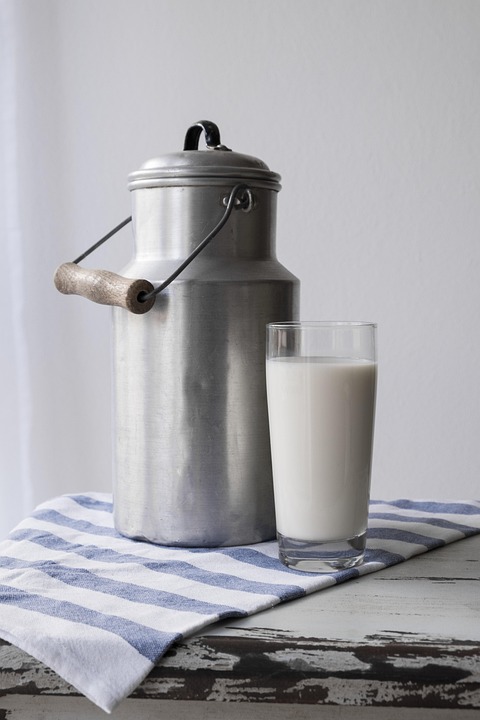Introduction
The milk packaging industry has been evolving to adapt to changing consumer demands and retail formats. In today’s fast-paced retail environment, dairy companies are constantly looking for innovative ways to attract consumers and stay ahead of the competition. This report will explore how milk packaging has adapted to meet the needs of modern consumers and the challenges faced by the industry.
Changing Consumer Demand
Health and Wellness Trends
Consumers are becoming increasingly health-conscious, leading to a growing demand for milk products that are perceived as healthier. This has led to the rise of organic and plant-based milk alternatives, such as almond milk and oat milk. As a result, traditional dairy companies have had to innovate their packaging to highlight the health benefits of their products, such as using labels that emphasize the low-fat or organic nature of their milk.
Sustainability Concerns
Another key trend driving changes in milk packaging is the increasing focus on sustainability. Consumers are looking for products that have minimal impact on the environment, leading to a rise in demand for eco-friendly packaging options. Many dairy companies have responded by switching to recyclable or biodegradable packaging materials, such as cartons made from renewable resources like paperboard.
Retail Formats
Online Retail
The rise of e-commerce has also had a significant impact on milk packaging. With more consumers shopping online for groceries, dairy companies have had to rethink their packaging to ensure that products can be shipped safely and efficiently. This has resulted in the development of packaging solutions that are durable and leak-proof, such as resealable caps and aseptic packaging that extends the shelf life of milk products.
Big Box Retailers
Big box retailers like Walmart and Costco have also influenced milk packaging trends. These retailers often demand larger pack sizes and bulk packaging options to cater to their customers’ needs. Dairy companies have responded by offering value packs and multipacks of milk products, as well as family-sized containers that are convenient for busy households.
Industry Insights
Financial Data
According to a report by Market Research Future, the global milk packaging market is projected to reach a value of $49.3 billion by 2023, growing at a CAGR of 4.19% during the forecast period. The growing demand for dairy products, coupled with the increasing focus on convenience and sustainability, is driving the growth of the milk packaging industry.
Key Players
Some of the key players in the milk packaging industry include Tetra Pak, Amcor plc, SIG Combibloc Group, and Ball Corporation. These companies are known for their innovative packaging solutions that cater to the changing needs of consumers and retailers. Tetra Pak, for example, is a leader in aseptic packaging technology, which is widely used in the dairy industry to preserve the freshness of milk products.
Future Trends
Looking ahead, the milk packaging industry is expected to continue evolving to meet the demands of consumers and retailers. Some of the key trends that are likely to shape the future of milk packaging include the use of smart packaging technology, such as QR codes and RFID tags, to provide consumers with more information about the origin and quality of their milk products. Additionally, there is a growing interest in personalized packaging options, allowing consumers to customize their milk packaging with unique designs or messages.
In conclusion, the milk packaging industry is constantly adapting to meet the changing demands of consumers and retailers. By staying ahead of key trends like health and wellness, sustainability, and e-commerce, dairy companies can ensure that their products remain competitive in today’s market. With innovative packaging solutions and a focus on convenience and quality, the future looks bright for the milk packaging industry.


